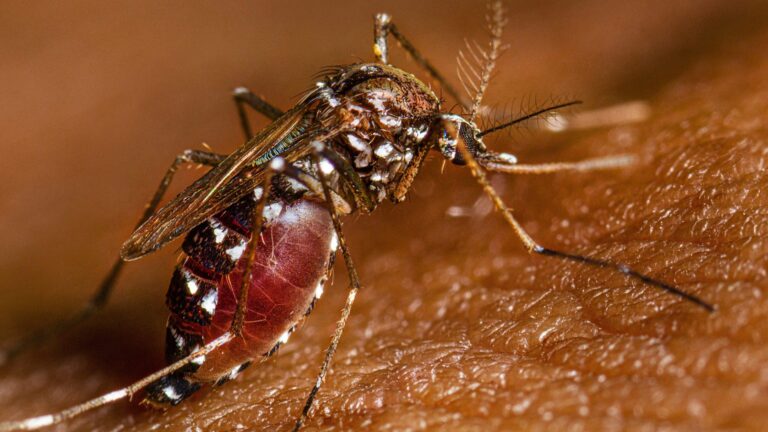Understanding Yellow Fever
Yellow fever is a serious viral infection that poses a significant threat to public health. In Colombia, this disease is primarily transmitted by mosquitoes, especially in rural areas where vaccination coverage may be low. Understanding the symptoms and prevention methods is critical for both local residents and visitors.
Historical Context of Yellow Fever in Colombia
Colombia has faced outbreaks of yellow fever in the past, leading to severe health crises. The history of these outbreaks highlights the importance of ongoing vigilance and vaccination campaigns in the fight against this preventable disease. Learning from past experiences can help in developing more effective strategies to combat yellow fever today.
The Importance of Vaccination
Vaccination is the most effective way to prevent yellow fever. In Colombia, the government has implemented widespread vaccination programs to protect vulnerable populations. Ensuring that communities are informed about the benefits of vaccination is vital for achieving herd immunity.
Community Awareness and Education
Raising awareness in local communities is crucial to combatting yellow fever. Educational programs that inform residents about the symptoms, transmission, and prevention methods can significantly reduce the incidence of the disease. Community engagement is a powerful tool in fostering a proactive approach to health.
International Cooperation and Support
The fight against yellow fever in Colombia cannot be undertaken alone. International organizations and agencies have a critical role in providing resources, funding, and expertise to support vaccination efforts and health education initiatives. Global solidarity is essential for addressing health challenges that transcend borders.
Taking Action Today
Individuals can also play a role in the fight against yellow fever. Whether it’s spreading awareness or participating in local vaccination drives, every action counts. To learn more about how you can help, visit this resource.

